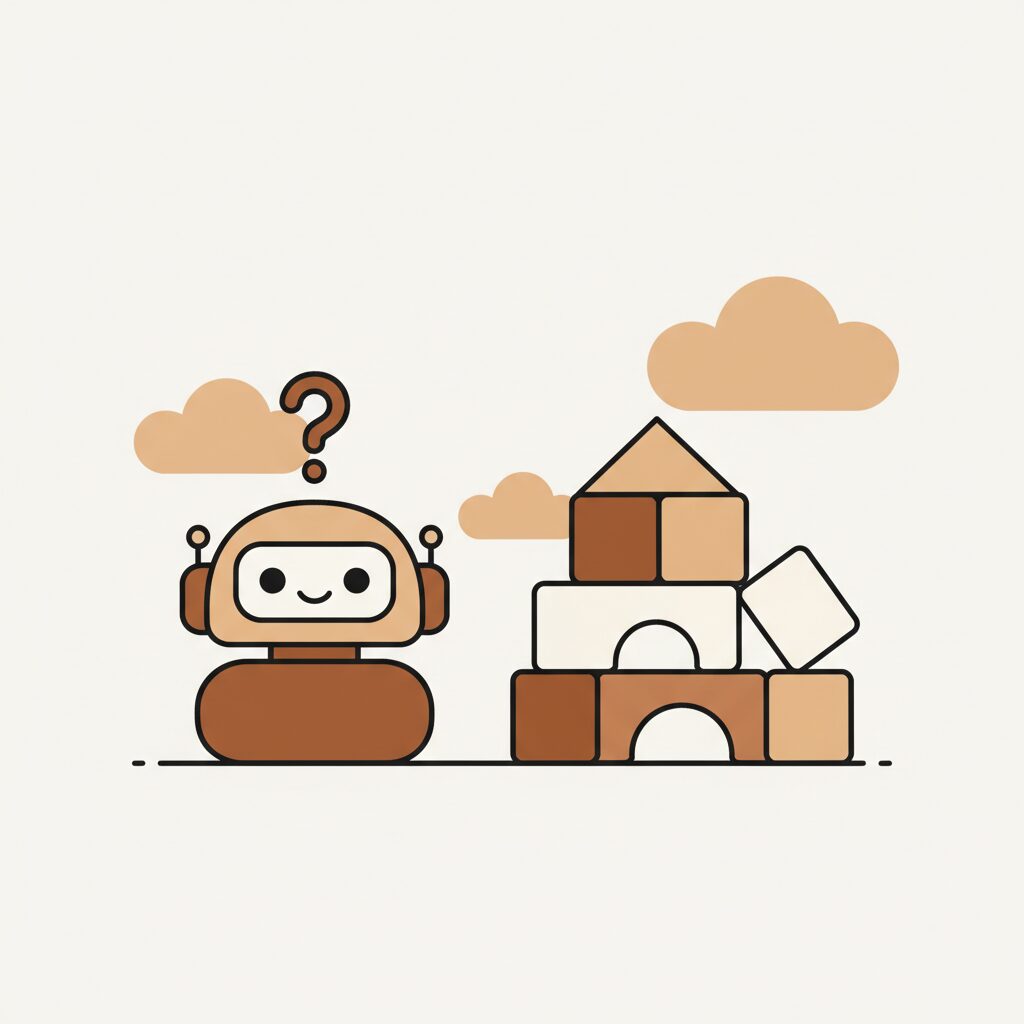
Picture this: under an overcast sky in Ancient Olympia, robots kicked soccer balls and shot arrows with jerky determination. They froze mid-shadow-box, technicians swapping batteries as children squealed. The spectacle celebrated progress, yet hid a staggering truth—these marvels trail AI by roughly 100,000 years in learning. This futuristic playground reveals something fascinating about our kids’ journey through scrapes and stumbles—and why your little explorer’s wobbly steps hold untapped magic and parenting insights.
Why Does the 100,000-Year Data Gap Matter for Parenting?
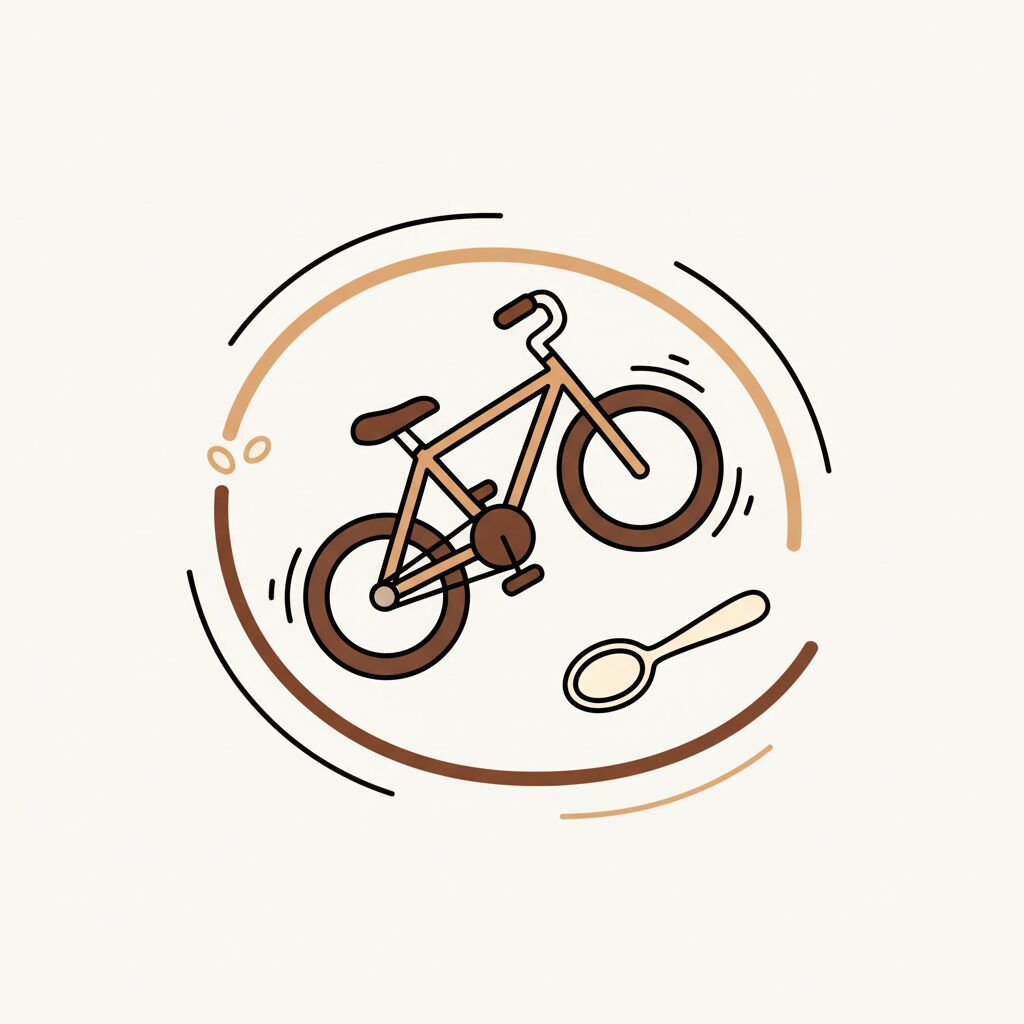
We’ve all seen AI craft poems or plan vacations in seconds. But ask it to catch a falling spoon? Instant freeze-up. Truth is, language drifts easily in digital seas, while physical skills need messy, real-world data—one clumsy attempt at a time. Professor Ken Goldberg’s research nails it: humanoids drown in a “100,000-year data gap.” They train in simulations, but real life? That means slippery floors and wobbly tables no algorithm predicts.
Think of teaching your kiddo to ride a bike. Would you just show videos? No—you’d run beside them, hands outstretched, celebrating scraped knees as progress. That’s the magic robots crave: the billion tiny failures that build true adaptability. Every time your child knocks over blocks then rebuilds, they’re gathering gold where bots gather dust.
How Does Your Child’s Play Beat Silicon Valley’s Bots?
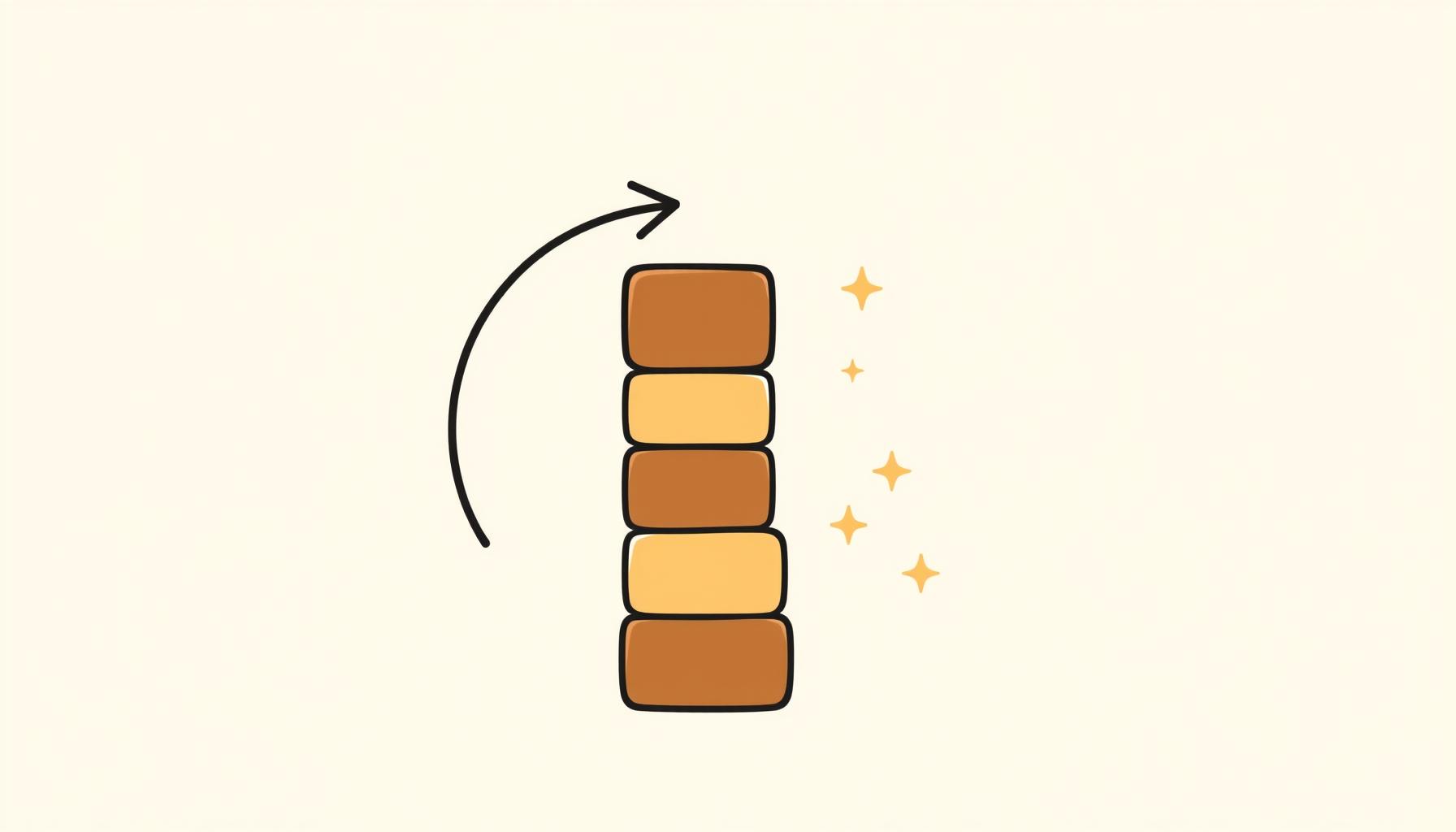
Watch toddlers build block towers. Five collapses, giggles through frustration, then — boom! — success. We’ve all held our breath watching those teetering blocks, right? That iterative joy? It’s the exact process robots lack. While humanoids in Greece needed mid-archery pit stops, your child’s play trains their brain in real physics. And here’s the kicker: they learn at warp speed because curiosity drives them. No dataset required. They mimic your morning coffee shuffle because it’s fun, not because they’ve logged 10,000 tries.
That intrinsic spark? It’s the secret sauce AI might never bottle. So next time your little one “fails” at tying shoes, remember: their stumble isn’t a flaw—it’s the foundation.
Why Isn’t Home Ready for Robot Helpers? Parenting Insights
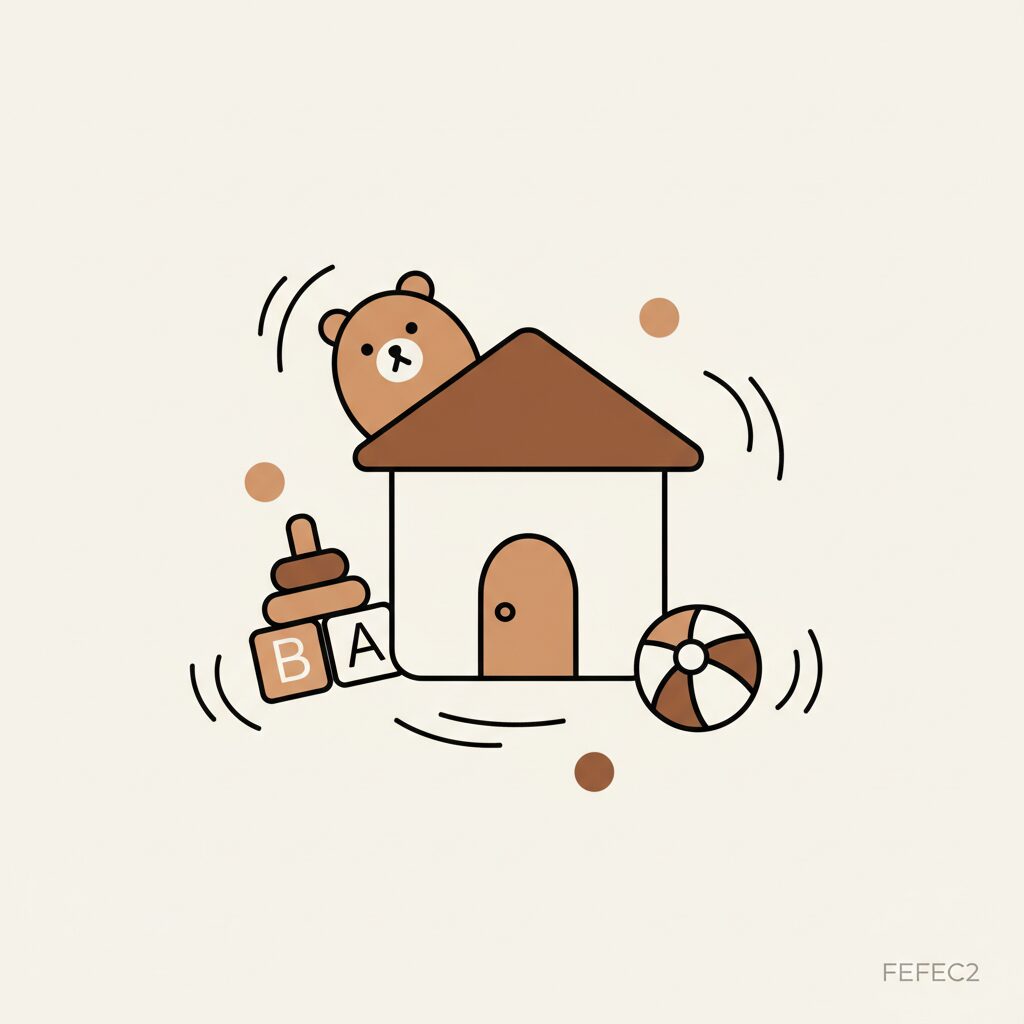
As Minas Liarokapis, the Olympia organizer, wisely noted: “Humanoids will go to space before entering homes—the house is the final frontier.” Why? Because your living room is chaos incarnate: a pet darting underfoot, a toy on the stairs, your child’s sudden hug mid-task. Robots crumble under unpredictability; humans thrive.
This is where parenting glows. When dinner burns or homework turns chaotic, we pivot with grace (well, after deep breaths!). That flexibility? It’s the skill we should nurture—not robot-like precision, but resilient improvisation. Let spilled craft projects teach problem-solving no app can match. The “mess” is where brilliance blooms.
From Olympia to Your Backyard: Practical Parenting Tips
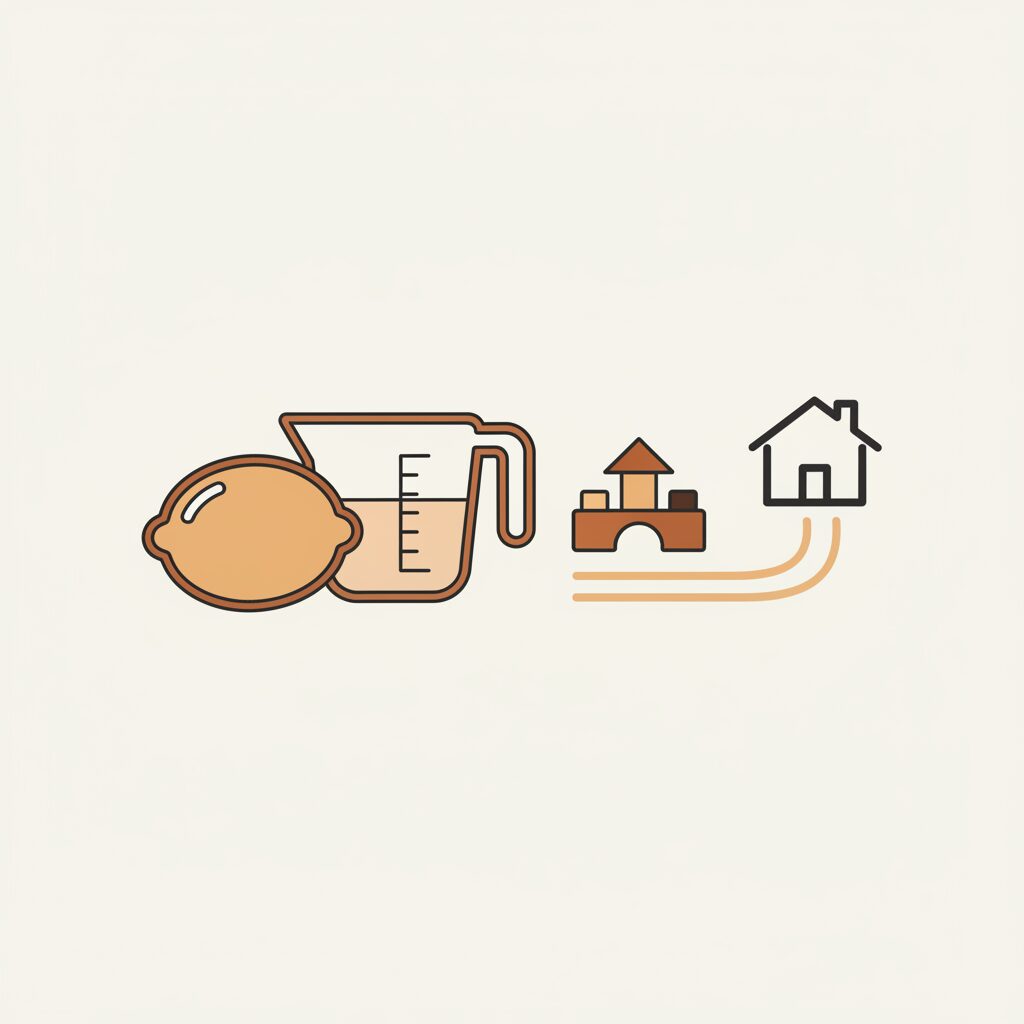
- Embrace the wobbles. Let kids build forts with lopsided pillows—it’s physics in action!
- Trade screens for squishy lemons. Bake together? Measure wrong on purpose. Laugh at lopsided cookies. Real data > perfect videos.
- Ask “What if?” during walks: “What if this stick were a robot arm? How’d it pick up that leaf?” Fuel curiosity without tech.
Why not turn tidy time into “robot mission training”? Every toy in the bin earns a point. Bonus: they never notice the fun’s in the trying, not the perfect result. When their tablet dies, they might grab crayons and invent a new game—that’s the brilliance we’re raising.
Final Thought: The Unquantifiable Human Edge in Parenting

As dusk falls on Olympia, those robots power down. But your child’s journey continues—through scraped knees, spontaneous dance parties, and the quiet confidence of tying shoes after the 20th try.
A Korean proverb I’ve always loved goes: “가는말이 고와야 오는말이 곱다” (Speak kindly, and you’ll hear kindness back). It reminds us that kindness begets kindness—a principle that guides how we cheer on tiny struggles. That’s the humanity robots can’t replicate.
Here’s my favorite question this week: What messy-turned-magical moment made your child beam lately? Share it over dinner. Because in the race between AI and humanity, the most vital data point isn’t in any server farm—it’s in the joy of a muddy puddle jumped just right.
Source: Humanoid robots showcase skills at Ancient Olympia. But they’re on a long road to catch up to AI, Japan Today, 2025/09/01 21:23:41
